Preceded by Jeno Karafiath Name Balint Homan Succeeded by Pal Teleki | Preceded by Pal Teleki Succeeded by Jeno Szinyei Merse | |
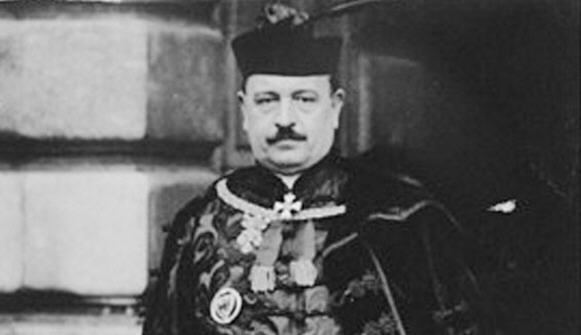 | ||
Prime Minister Gyula GombosKalman Daranyi Prime Minister Pal TelekiLaszlo BardossyMiklos Kallay Died June 2, 1951, Vac, Hungary Similar People Gyula Szekfu, Kuno von Klebelsberg, Gyula Gombos | ||
Political party Party of Hungarian Life | ||
Shock over Hungary Anti-Semitism: Diplomats, Jewish leaders protest against planned statue
Bálint Hóman (29 December 1885 – 2 June 1951) was a Hungarian scholar and politician who served as Minister of Religion and Education twice: between 1932–1938 and between 1939–1942. His political rise to prominence came as part of a pro-Nazi party, and he was "considered the architect of laws that promoted the persecution of the country's Jewish population in the 1930s and '40s." He died in prison in 1951 for his vote in the Hungarian parliament in favor of the invasion of the Soviet Union as part of the Axis alliance in World War II.
Contents
- Shock over Hungary Anti Semitism Diplomats Jewish leaders protest against planned statue
- Academic career
- Political career
- Death and legacy
- Publications
- References
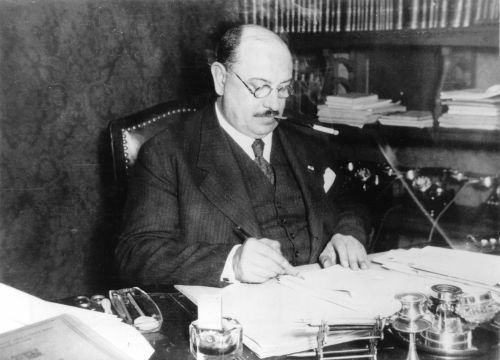
Academic career
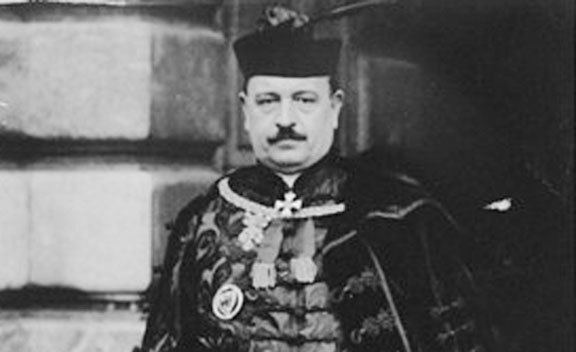
He was born into a Roman Catholic family. He finished his studies in Budapest. He started his career when he was still a student, working for the University Library of Budapest. He was appointed director of the National Széchényi Library in 1922, and of the Hungarian National Museum in 1923, a position he held until 1932.
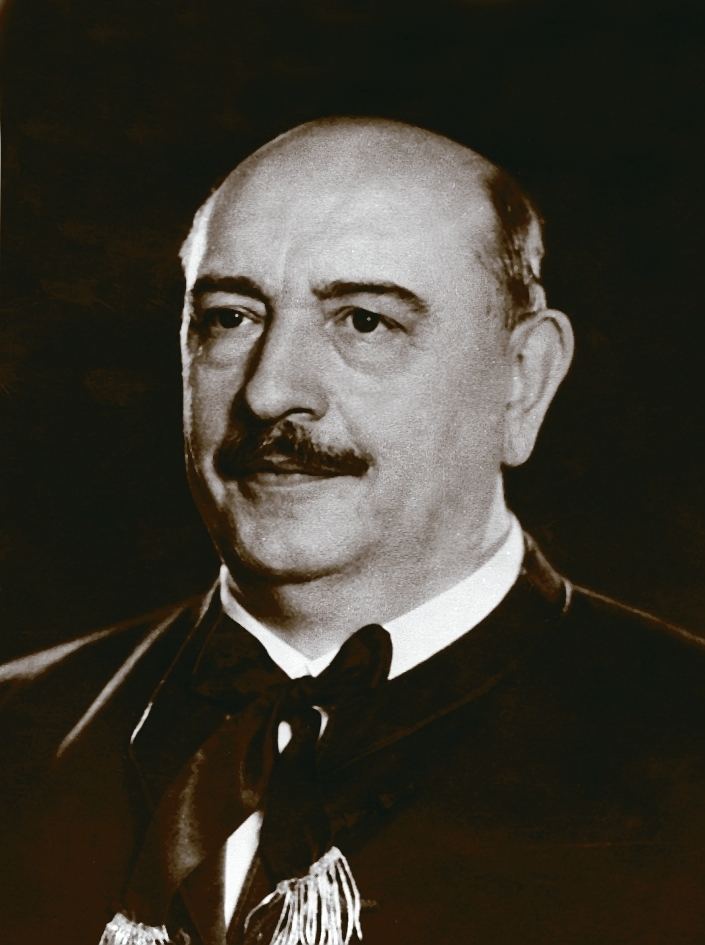
Hóman produced several serious scholarly works. The centre of his research was the history of the Hungarian nation during the Middle Ages. Initially he dealt with economic history, social history and the auxiliary sciences of history. He wrote about Hungarian towns during the Árpád era, social classes, the first state tax and about the Magyar tribes who arrived to the Carpathian Basin. He authored a massive work entitled History of the Hungarian Currency 1000–1325, in which he systematized the Hungarian currency during the Middle Ages' chronology, metrology and history. His other key solo publication was The Finance, Affairs and Economic Policy of the Kingdom of Hungary During the Reign of Charles Robert.
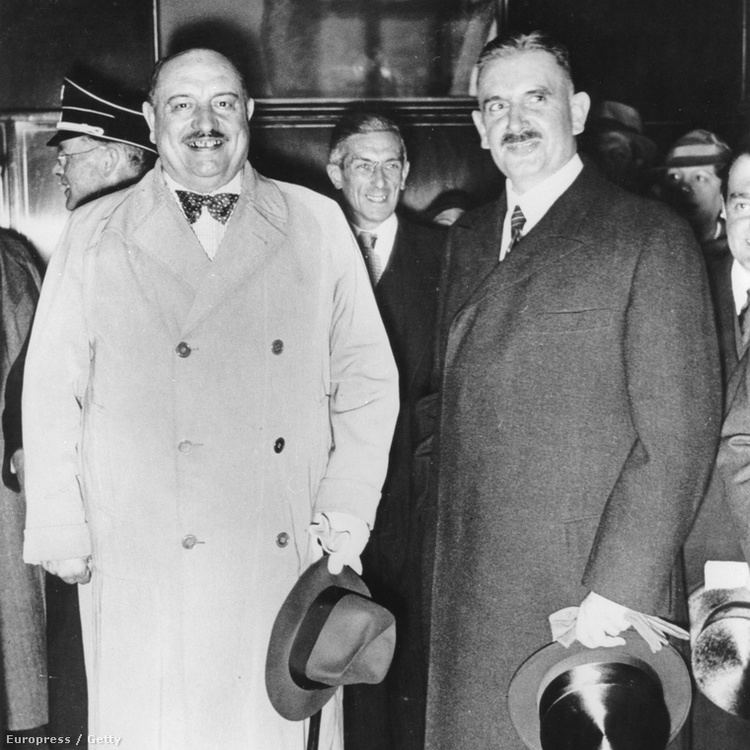
He published many essays and books together with fellow scholar Gyula Szekfű. Their most prominent work was a well-regarded Hungarian History. According to Hóman's point of view, it was necessary in this historical analysis to consider the ancient Hungarian words, the Sumerian and Hattian–Hurrian literary monuments.
Political career
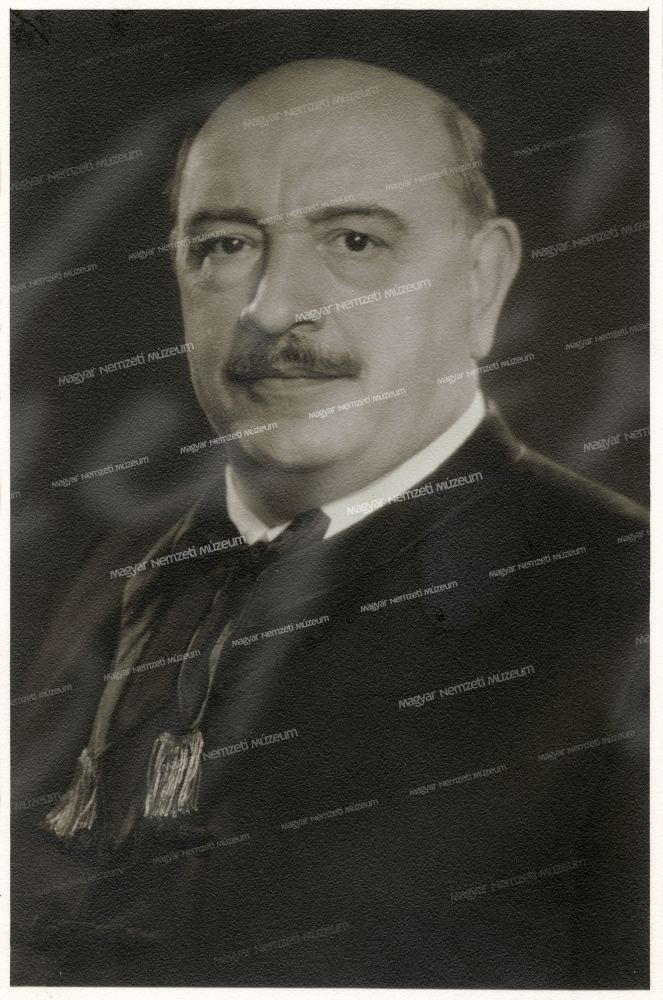
Hóman rose as part of the increasingly pro-German orientation of Hungarian politics in the 1930s. He served as Minister of Religion and Education in the cabinet of Gyula Gömbös and Kálmán Darányi. After a one-year gap he was again appointed as a minister. He was the deputy chairman of the Party of National Unity beginning in 1938. In the government, he was a vocal proponent of anti-Jewish actions, and sponsored a law to revoke the status of Hungarian Jewish groups.
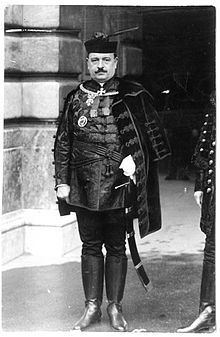
He opposed the peace negotiations of 1943 with the western allies that would have removed Hungary from the Axis alliance. He chose to remain in the legislature after the German occupation (March 1944) and the coup d'état of the Arrow Cross Party (October 1944). During the brief period of German rule and that of their allies in the Arrow Cross, Hóman co-signed a document with other legislators that called for the expulsion of Hungary's Jews; over a half million were quickly sent to Nazi death camps, including Auschwitz, where most perished. When the Red Army crossed the Hungarian border in December 1944, he fled to Transdanubia along with other Arrow Cross Party members (including party leader Ferenc Szálasi). Later he escaped to Germany, but the American troops captured him.
In 1946, the People's Tribunal sentenced Hóman to life imprisonment on war crimes charges, chiefly connected to his vote in the legislature in favor of Hungary's role in the Nazi Germany-led invasion of the USSR. Hóman was imprisoned in Vác, where he sickened quickly after the trials. According to reports, he lost 60 kilograms of body weight during a short time.
Death and legacy
Hóman died in prison on June 2, 1951.
On March 6, 2015 Hóman was rehabilitated after a ruling by the Metropolitan Court of Budapest, which found that the original trial had inadequate evidence.
A private foundation proposed building a life-size bronze statue of Hóman in Székesfehérvár. European Jewish Congress President Moshe Kantor condemned the project as "a shocking display of insensitivity towards the Jewish people", and US and other diplomats joined a rally against the statue. The US government urged Hungarian officials to block what press reports termed the 'anti-Semitic' statue, pointing out that government funds were being used to pay part of its costs. After protests by the Jewish community, city government voted to scrap plans for the statue.
